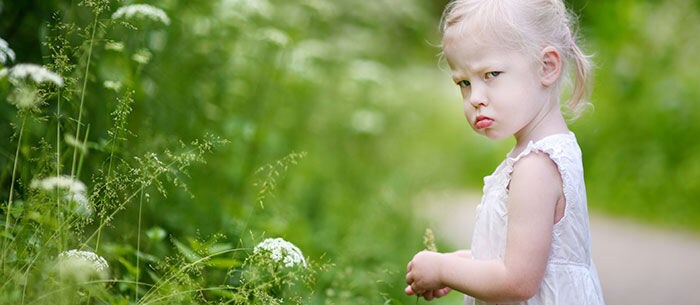Your delightful, cherub-faced child has suddenly collapsed into a tantrum, told a bold-faced lie, made their baby sibling cry or said one of those words. Now what? Here’s what you need to know about disciplining your child.
You Know Your Child Best
Before you decide how to discipline your child, it’s important to consider her age, personality, temperament, and any cognitive, physical or development needs she may have. What will she understand? What will this teach her? Discipline, experts advise, is not about changing a child’s personality, but rather, helping them navigate the world safely and appropriately. Think behavior management, not punishment.
General Child Punishment Rules
Child development experts also advise these rules for parents.
-
Communicate the method clearly to your child.
-
Be consistent. Advise all caregivers to use the same method, too.
-
Be caring and respectful. This is not a battle.
-
Treat your children as individuals. Each sibling may need their own method.
-
Consider what’s appropriate at each stage. Babies should not be disciplined.
5 Types of Discipline
- Loss of privileges
This can be a quick, powerful method, particularly if you know what’s the most valuable currency to your child. When they disobey rules or do not behave according to family expectations, parents remove privileges,like a favorite toy, screen time or texts with friends for a certain period of time.
- Time Out
Impose a break from bad behavior so the child is unable to engage with people, toys or other distractors and disruptors. Some experts suggest that children stay in time out for one minute per years of age a three-year old sits on a designated chair for three minutes. Parents can also take time outs when they are angry, which is a great reset for adults as well as a way to model proper cool down.
- Consequences
Use the tough lessons of natural consequences to curb bad behavior. If a child doesn’t do their homework, the outcome may be a failing grade or making up assignments during recess.
- Behavior Modification
“Catch” your child being good! Use a chart to track and reward good behavior with privileges, treats and praise. Focusing on the positive to be more motivating than negative attention.
- Redirection, Separation, and Ignoring
For certain ages and situations, removing a child from a situation or redirecting their attention to a new activity may be the swiftest, simplest, most effective method. Also consider ignoring or delaying reaction to attention-seeking misbehavior until it can be addressed privately and calmly.
What About Spanking?
The American Academy of Pediatrics “strongly opposes striking a child for any reason” because of the physical and mental damage it can do to children, as well as undermining parent-child trust and modeling violent reactions. This pertains to spanking, hitting and any corporal punishment.
Get more creative discipline ideas and real-parent advice here.
What methods of discipline have worked best for your child? And which have been a total fail? Share your experiences with other parents in the comments below!
Jessica Ashley is a writer and mom behind the site Single Mom Nation and podcast Single Mom Nation Radio. She believes in time outs, especially for herself.






